|
Purchase the book HERE. Available in hardcover and paperback. The paperback version of the book with comic book cover can be purchased directly from us and signed by Darlene for $12.00 by writing to us HERE. (includes shipping/USA only) Author Joe Lacey, graphic designer of A Woman's Guide to Low Self-Esteem. May 19, 2023  When I designed A Woman's Guide to Low Self-Esteem, my goal was to make it as visually interesting and sharply witty as the writing. Darlene Lacey made that easy. I may be biased, but I think I can objectively say "this book is really funny!" Almost everything in this book is factual–making it funny and horrifying at the same time. This was not the easiest book to design. There was an enormous amount of digital restoration, original art, and complex page layouts. My goal was to make the book, with its eclectic collection of images, feel as if they all belonged together. I'm biased, but I think I did that! DESIGNING THE COVER The first design for the paperback cover was done in a comic book style which I illustrated. Darlene is depicted trapped in a hallway of advertisements with negative and conflicting messages flying out at her. A few years later, when we decided to publish a hardcover version of the book, I thought it would be a good idea to redesign the cover in a more vintage style. Once that choice was made, we also updated the paperback cover as well. The paperback version of the book with comic book cover can be purchased directly from us and signed by Darlene for $12.00 by writing to us HERE. (includes shipping/USA only)  The new cover is a parody of the book cover for Four-Party Line. I wanted my cover to have a retro feel to match the look of the interior pages and have a more universal appeal. A Woman's Guide to Low Self-Esteem is written from Darlene's point of view, but it's really written for everyone. I think the new cover gets that message across. The five heads of the women surrounded by perfume, flowers, broken mirrors, a crying eye, nail polish, tampons.... all the fun stuff in life, make it more personal for the reader. The hardcover edition is a bit larger with some slight design updates. DESIGNING THE INTERIOR PAGES  The interior design was quite challenging. There were many different styles and time periods to work with. Keeping everything looking cohesive was definitely my goal. The visuals go hand-in-hand with the text, acting as equal partners to expose "the 'smoking gun' as to how women's advertising has messed with their minds for over 100 years." It's a melding of vintage advertising, stock images, and custom art & photography, all digitally modeled and designed to work together as if they came from the same hand. I spent countless hours digitally resorting (sometimes totally rebuilding) vintage advertisements to work with my own artwork and stock images. Anyone familiar with the descreening process for printing knows that is is not always a fun task. I wanted every image to look great, despite the original source quality. Often, I would remove all tonal screens by hand and repaint them in order to get the image to a new reproduction quality. There are several instances in which I totally redrew and repainted the entire vintage image when the quality of the source material was so low. You'll see an example of this on sample page 11 for the Mark Eden Bustline Developer. I removed all the large dot pattern screening used for newspaper printing from the large image of Sandra Wilder and carefully airbrushed over her in order to get a new print-quality image. DESIGNING THE CHAPTER ELEMENTS Each of the eight chapters has its own graphic title and patterned background. They are a mix of my custom art and stock imagery. The titles are meant to convey "this chapter is going to be fun!" On the surface, these titles can seem quite irreverent, but that is far from reality. Many people who have read the book found it to be inspirational and highly supportive of all people. And did I mention it's really funny? Here's a couple of the title pages with patterned backgrounds. I like the subtlety of "Finishing School" with its dignity and diplomas mixed in with feminine hygiene products. Many times I was faced with the need to create my own illustrations. Most often it was the need for something unique that just didn't work with stock images. Here's a few of them. Throughout the book, there are recurring elements such as Horrifying Quotes, Expert Advice, Questionnaires, and the obnoxious advice of Etta Kitt. I gave each of these sections their own look.
0 Comments
I'm happy to announce that my book, A Woman's Guide to Low Self-Esteem, made it to BookAuthority's list of Best New Self-Esteem Books.
BookAuthority collects and ranks the best books in the world, and it is a great honor to get this kind of recognition. Thank you for all your support! The book is available for sale on Amazon. 2020 has been a hard year so far. The hardship of social distancing takes on even more poignancy on a day such as Easter, when families traditionally get together and children look forward to the excitement of Easter egg hunts and the discovery of what the Easter Bunny has brought them. But hardship is not unique to 2020. America has endured world wars, poverty, and pandemics that left children especially vulnerable. That's one reason why the simple joy of Easter candy is a treasured part of so many people's childhood memories.
Here's a page from a 1969 Easter candy catalog of holiday delights from Blum's of San Francisco. Which one would you pick? Just Duckie, proudly perching on two whopping pounds of Easter candy? The eternally startled Funny Bunny? Or social misfit, Duckling Baby? Here's a page from a 1952 Brach's Easter candy catalog. Here, Brach's offers a dapper chocolate marshmallow rabbit bedecked with an Easter fedora and bowtie. No pants, but how much can we expect from this critter, really? Brach's also offers a tempting variety of those delicious mellocreme and marshmallow chicks, rabbits, and pets---a favorite of mine. Here's a page from a 1955 Luden's Easter candy catalog. Luden's Easter candy holds a special place in my heart because of the deranged faces of the chocolate Easter animals. What are they thinking? Are they happy? Sad? Terrified that they're about to be eaten? No one can say for sure. Whatever the case, they grab your attention! Palmer's Binks family of chocolate Easter bunnies has been delighting candy lovers for decades. Here, we see four generations of the Binkses. Notice the family resemblance? Good looks and good taste runs in the family. The Candy Wrapper Museum wishes you a happy Easter, wherever you are! For more Easter candy memories, visit the Candy Wrapper Museum.
You probably don’t know this, but I was a pioneer in the computer games industry. I was one of a team of three game designers for an arcade game that is kept in permanent storage at the Smithsonian Museum. I was one of three game designers/producers recruited to launch the Walt Disney Company into the computer game market. I was part of a small dot.com design team building an artificial intelligence personal assistant years ahead of Apple’s Siri. After that, I dropped out. Why? Primarily because I saw the promise of creating games and software for people (not just males, not just females) dwindle into almost non-existence with each passing year. I also saw the market for games that challenged the intellect get crushed by the tidal wave of combat, killing, and pillaging games. Games I had no interest in designing and putting out in the world, even though they were popular and profitable. I understand that there all kinds of people, and they all deserve products they enjoy. So, I’m not entirely against these games. However, what I found so discouraging was that the diverse, interesting people who originally populated the industry were being replaced by gamers who loved these games and had no interest in creating anything different.
When I began in the game industry, I was paid $40 a week for “all I could write” for an experimental home adventure game system. We designed games with paper and pencil. A while down the line, the company purchased a computer that we all shared for a few hours a day. We had no email, internet, smart phones, tablets, or personal computers. I bought my first personal computer, a Compaq Portable, in 1983. It weighed 28 pounds, but technically was “portable” with a handle so that you could lug it around. I loved that computer.
 Sadly, the 1990s ushered in the change to the testosterone-driven games that alienated me. I left the games industry, moved into Web technologies, and eventually moved further into education. Now I design games and curriculum for NFTE, a non-profit organization providing entrepreneurship training and education programs to young people from low-income urban communities. These are game designs I can get behind. I love the challenge of designing games that don’t rely on technology, but can also work with technology. I love that there is a positive purpose in what I do. I am also happy to see that females now have equal access to the internet and computing, and that casual games and social games have grown in popularity to be an option for anyone not interested in violent games. However, I don’t find myself wishing to return to the games industry. Despite the growth in women playing computer games, the statistics I see on women working in the industry are still discouraging. Statistics from 2014-17 show women comprising 21% of the workforce, and the majority of those relegated to traditionally ‘feminine’ roles, such as the marketing or administration divisions, rarely seeing opportunities for advancement. This, despite women comprising 46% of the computer and video gamers in the United States in 2019. When will women truly achieve equality in this profitable industry? What will it take to achieve it? These are questions I can’t answer, but I hope to see the day that this happens. Let’s stop going backwards. I, for one, am sick of it.
Darlene Lacey Author of A Woman’s Guide to Low Self-Esteem, available on Amazon in paperback and e-book. "I am Generation Equality: Realizing Women’s Rights” #IWD2020 #GENERATIONEQUALITY A wonderful review of my book, A Woman's Guide to Low Self-Esteem, was posted on The Los Angeles Beat by Books Editor Simone Snaith.
You can read the full article here on The Los Angeles Beat. The book (paperback and eBook) is available for purchase here on Amazon.
It is also available at Vroman's Bookstore in Pasadena, CA.
For many women, morphing from inner critic to inner fan on a daily and permanent basis requires breaking something deep, dark, and ingrained in the soul. It requires breaking our belief that whatever it is we were born with... well, it could use some work. How did this happen? Is it in our DNA? In my opinion, the answer is no. It's a complex situation with many external factors to blame. However, I can offer one big fat target at which to point the finger of blame---women's advertising.
Back in the early 20th century, this message was blatant and often cruel, leaving no room for mistaken interpretation. These days, the message is often more subtle. The bad news about our "flaws" is now dressed up in the guise of glamour and empowerment. As long as there are products to be sold, there will be messages bombarding women to fix every little (or big) thing: feet, calves, knees, thighs, hips, bellies, breasts, arms, hands, necks, chins, lips, teeth, noses, eyes, eyebrows, hair, and skin. And if that's not enough, we also need to fix our personalities in order to succeed personally and professionally in this competitive world. How can any woman be expected to navigate around all these daily messages without being impacted in some way? Last year, I embarked on a massive research project to trace how far back this kind of advertising has been slung at women. What I found is that our mothers, our grandmothers, our great-grandmothers, and all those before them have been bombarded with negative messages. I found so many that I decided to write a book about it. No wonder so many of us were told, "We must! We must! We must increase our bust!" along with all kinds of guidance and warnings about what we had to do with our looks and personalities to make it in this world. You hear something long enough, you believe it!
|
DARLENE LACEY
Darlene Lacey writes about the past with a sharp lens on what it means to us today. She is the author of books and articles about America’s (almost) forgotten history. Her wit and insights have made her a popular interview source. She remembers the past and is not afraid to share it! CATEGORIES
All
LINKS
Goodreads ARCHIVES
|
Site powered by Weebly. Managed by Hostgator


















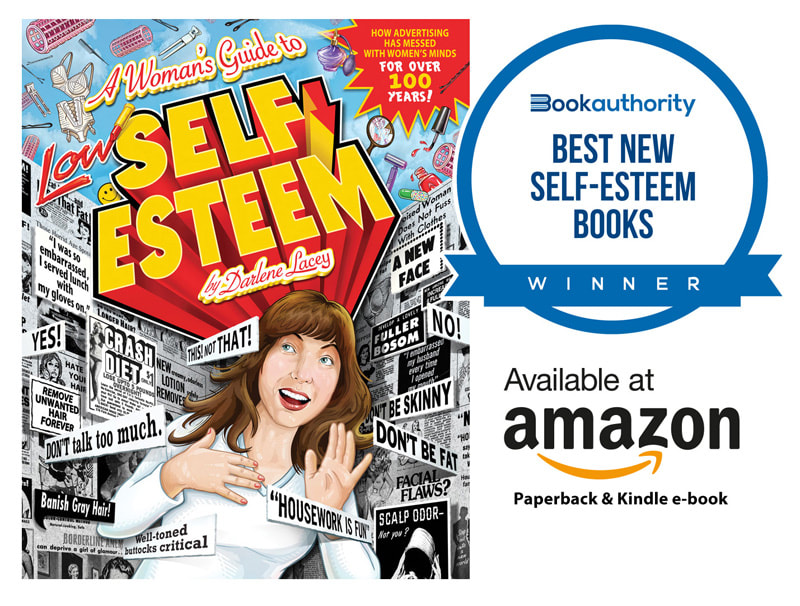


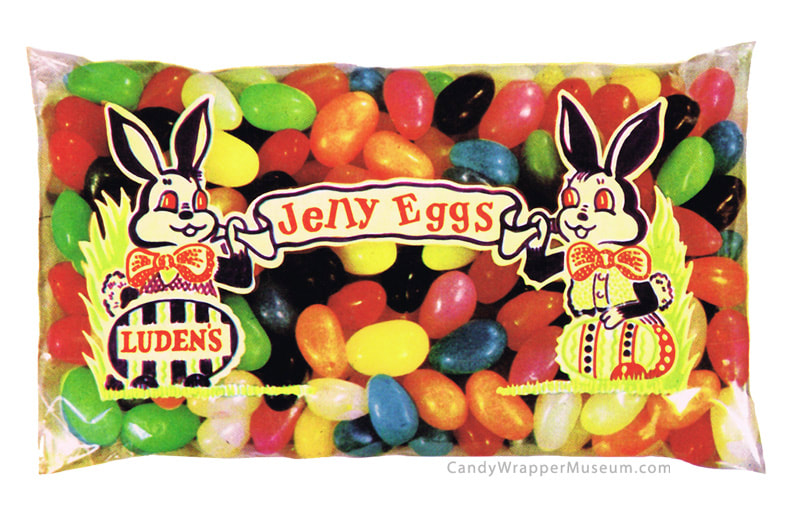







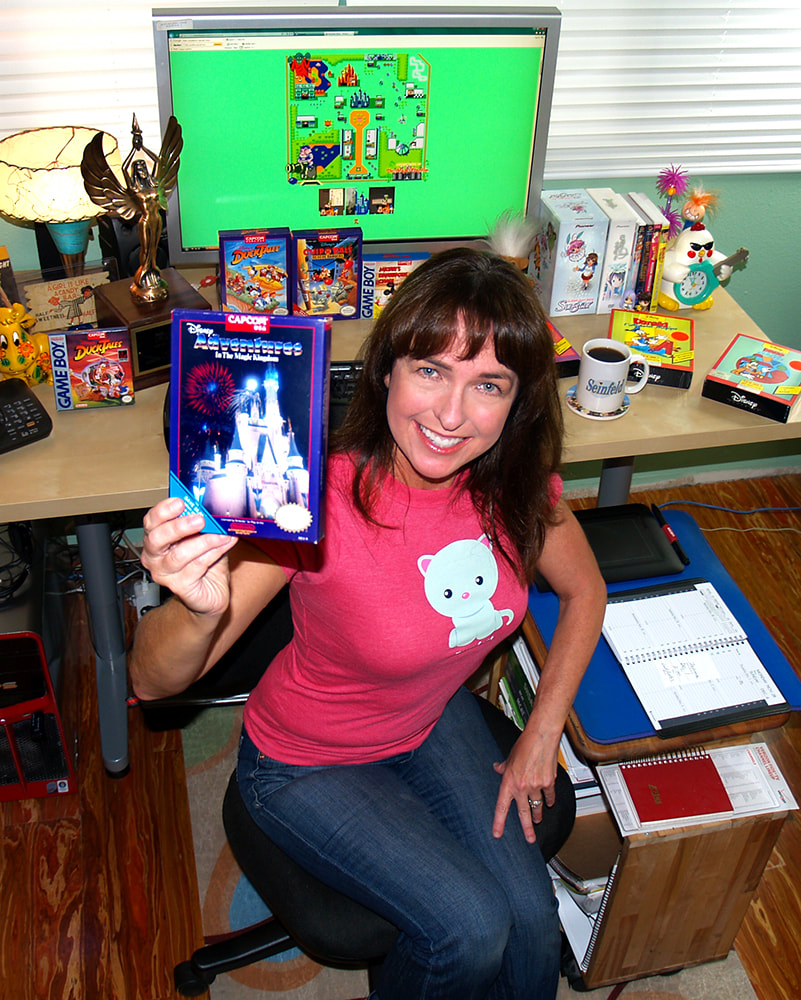
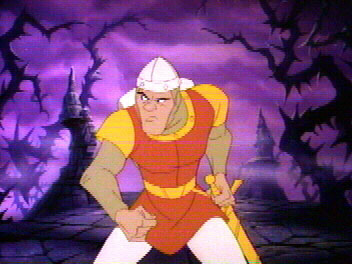

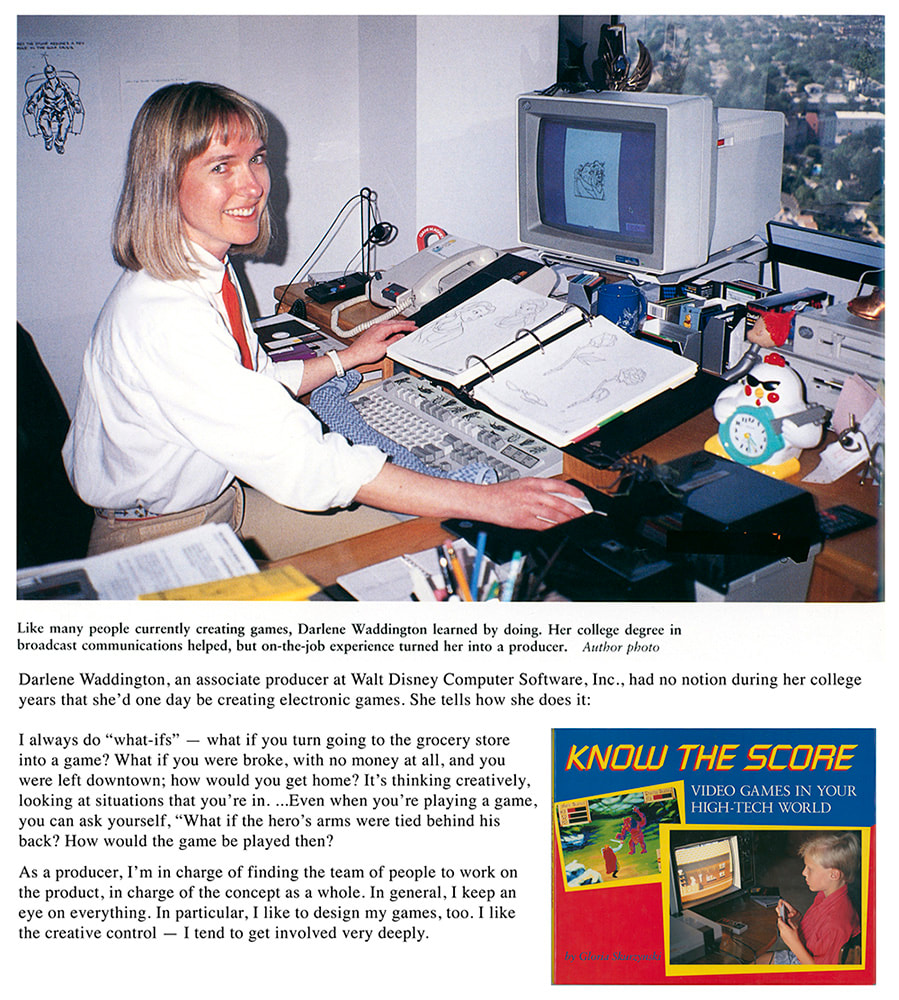
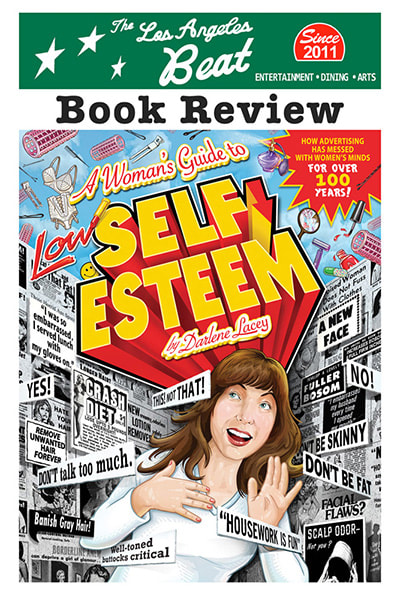







 RSS Feed
RSS Feed